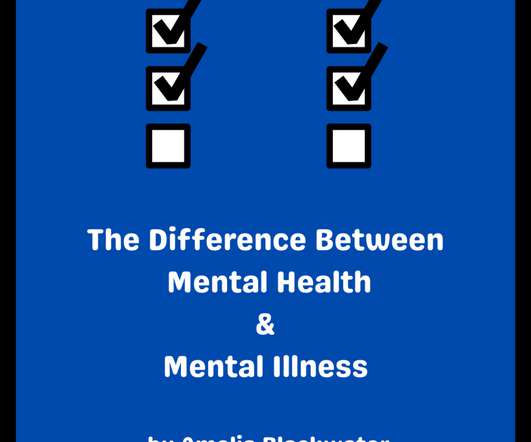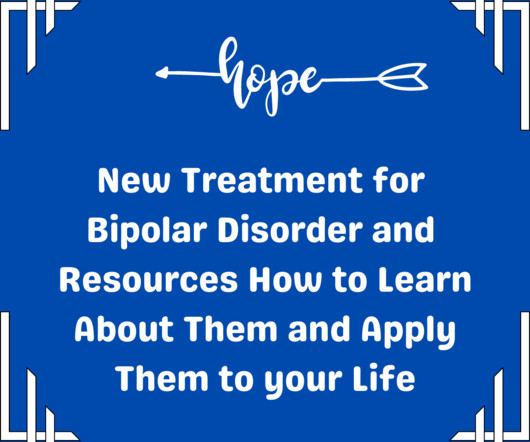Guest Post: The Difference Between Mental Health & Mental Illness by Amelia Blackwater
Bipolar Bandit
OCTOBER 27, 2021
The main groups of mental disorders are: * Anxiety disorders. Eating disorders ex. Mood disorders ex. Personality disorders ex. borderline personality disorder. Psychotic disorders ex. schizophrenia. Substance abuse disorders ex. Trauma-related disorders ex. anorexia or bulimia.


















Let's personalize your content